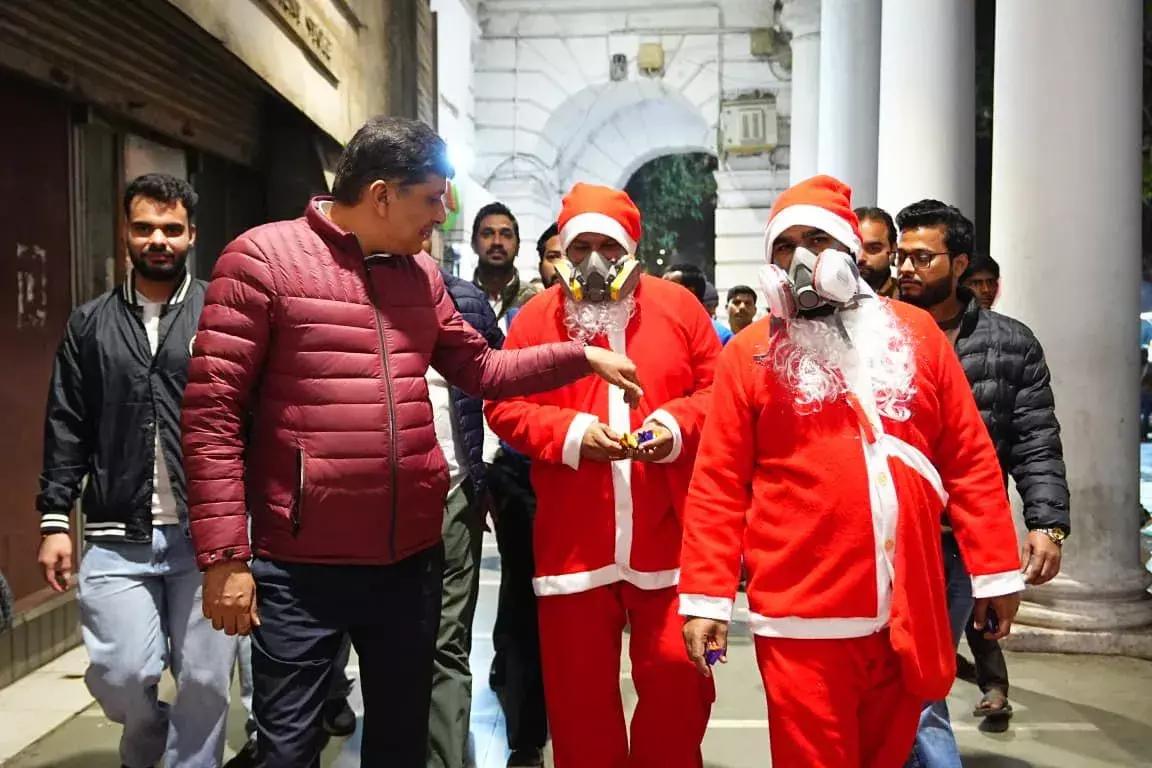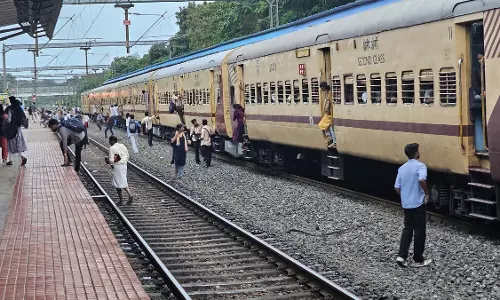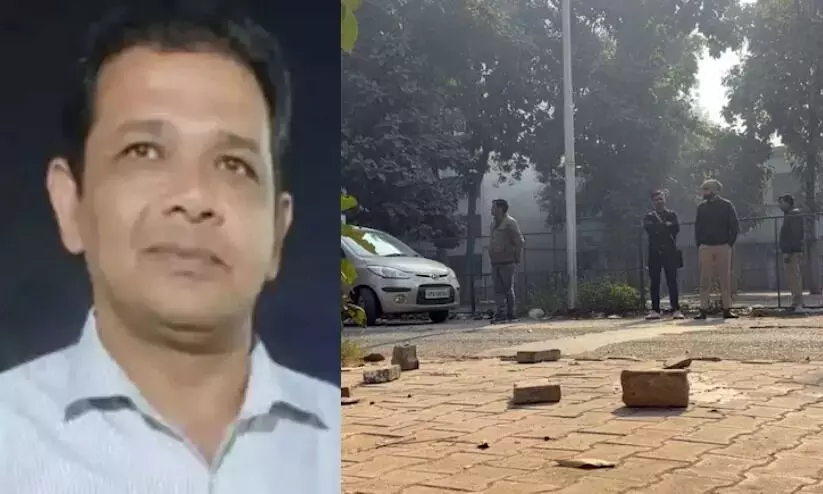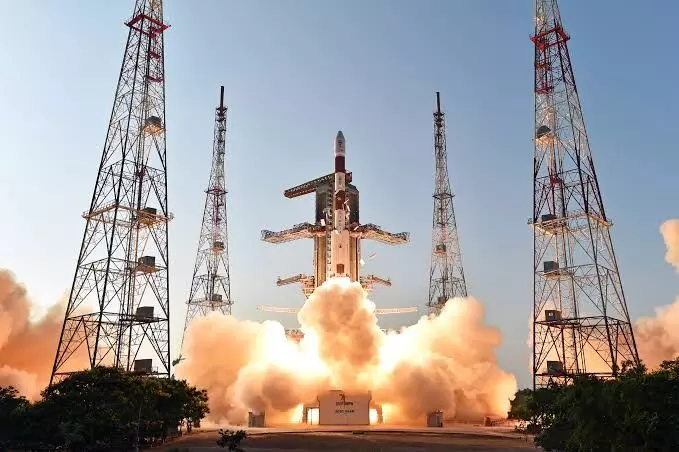
ISRO's Gaganyaan abort mission set to take place this year; solar, lunar missions in 2023
text_fieldsThe Indian Space Research Organisation (ISRO) has set new deadlines for major missions, with its first solar mission and third lunar mission set to take place in the first quarter of next year, AP reported.
In a written reply to the question of Guman Singh Damor in the Lok Sabha, Minister of State in the Space Department, Jitendra Singh told the Parliament that there is a plan to launch the Gaganyaan mission in the last quarter of this year. He told that this will be the first Abort Demonstration Mission. The abort missions are meant to test the systems that can help the crew escape from the spacecraft mid-flight in case of a failure. ISRO already conducted a pad abort test — where the crew can escape from the spacecraft in case of an emergency at the launch pad — in 2018.
As per Singh, ISRO would also carry out a 'space docking experiment' in the third quarter of 2024. Space docking is a process of joining two separately launched spacecraft, and is mainly used for setting up modular space stations.
The space agency's third scientific mission scheduled for next year is the space observatory, XpoSat, designed to study cosmic x-rays.
All three scientific missions slated for 2023 have been repeatedly pushed back since 2020 amidst the pandemic that slowed down all activities of the space agency, including the number of launches. There were only two launches in 2020 and 2021. This year, the space agency has already carried out two launches one carrying an Indian earth observation satellite and the second a commercial launch carrying a Singaporean earth observation satellite as the main payload.
The Aditya L1 mission will see an Indian spacecraft going 1.5 million kms away to the L1 or Lagrangian point between the Sun and Earth. There are five Lagrangian points between any two celestial bodies where the gravitational pull of both the bodies on the satellite is equal to the force required to keep the satellite in orbit without expending fuel, meaning a parking spot in space. The XpoSat will be India's second astronomical observatory in space after the Astrosat. It will help in studying cosmic x-rays.
The Chandrayaan 3 will be a lander-rover mission that aims for a soft landing on the Moon that was planned for the second lunar mission. The lander rover will use the existing orbiter around the Moon from Chandrayaan-2 to communicate with Earth. The orbiter has been calculated to have a mission life of seven years and was launched in 2019.























